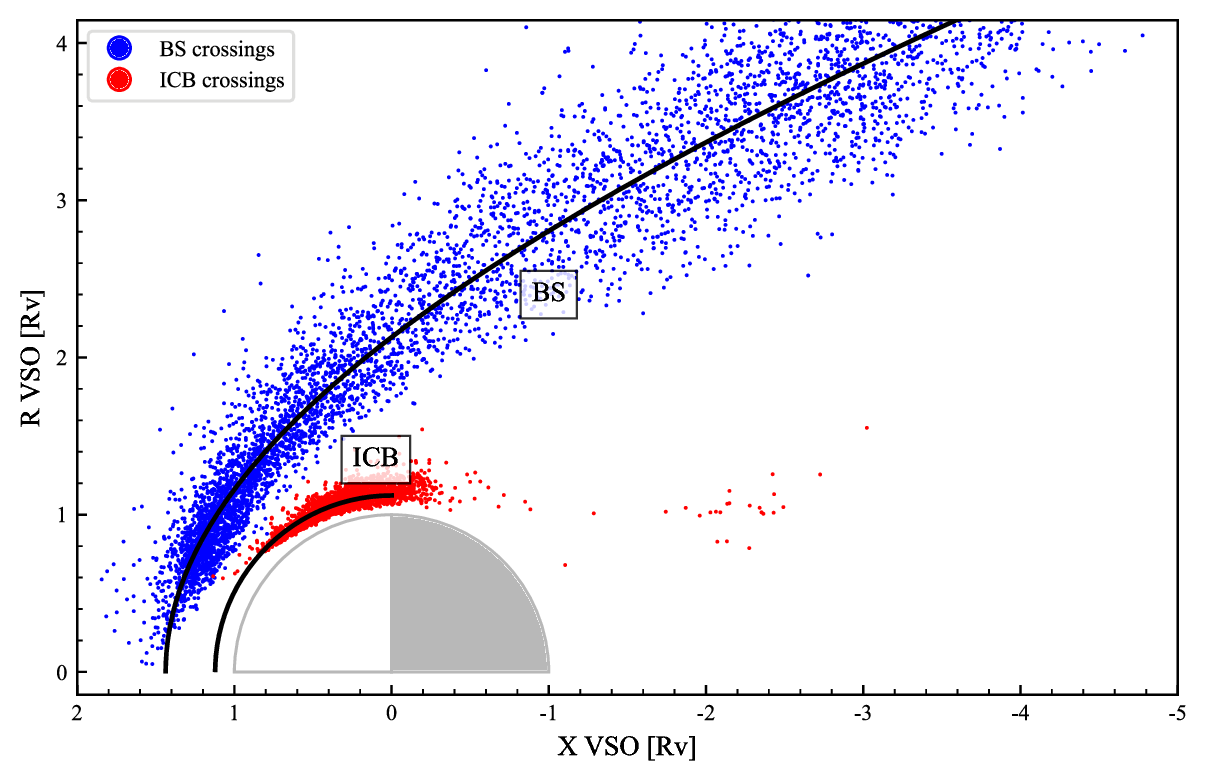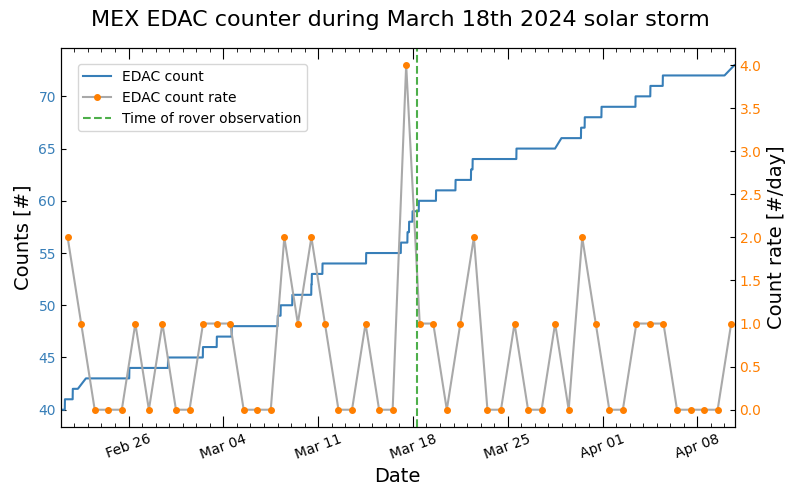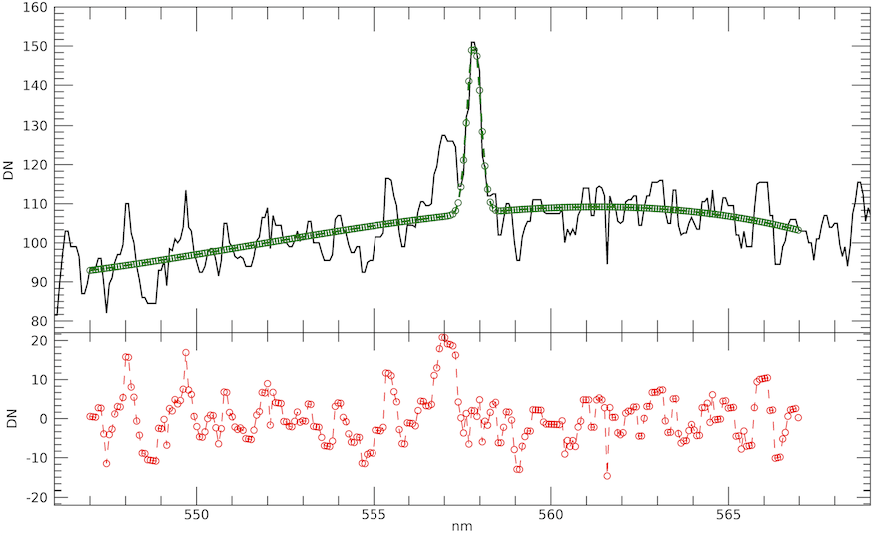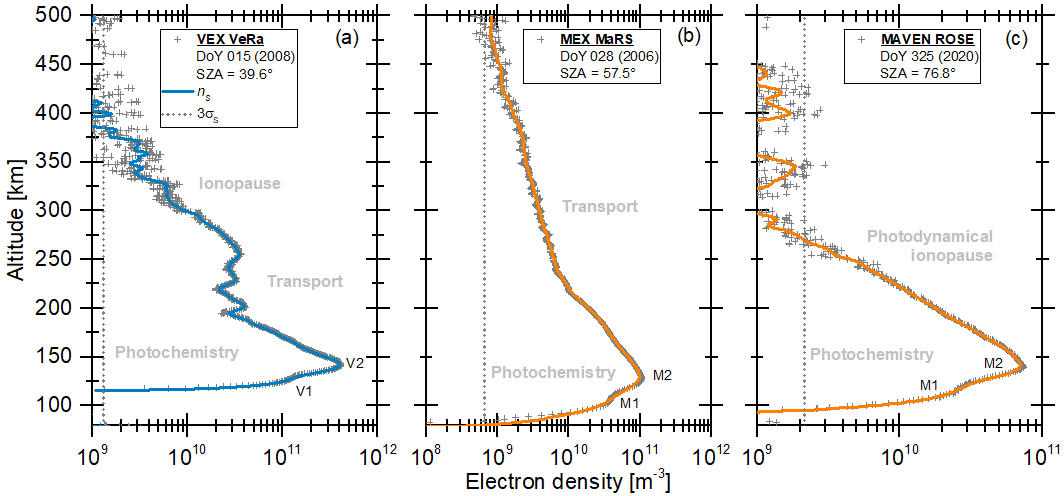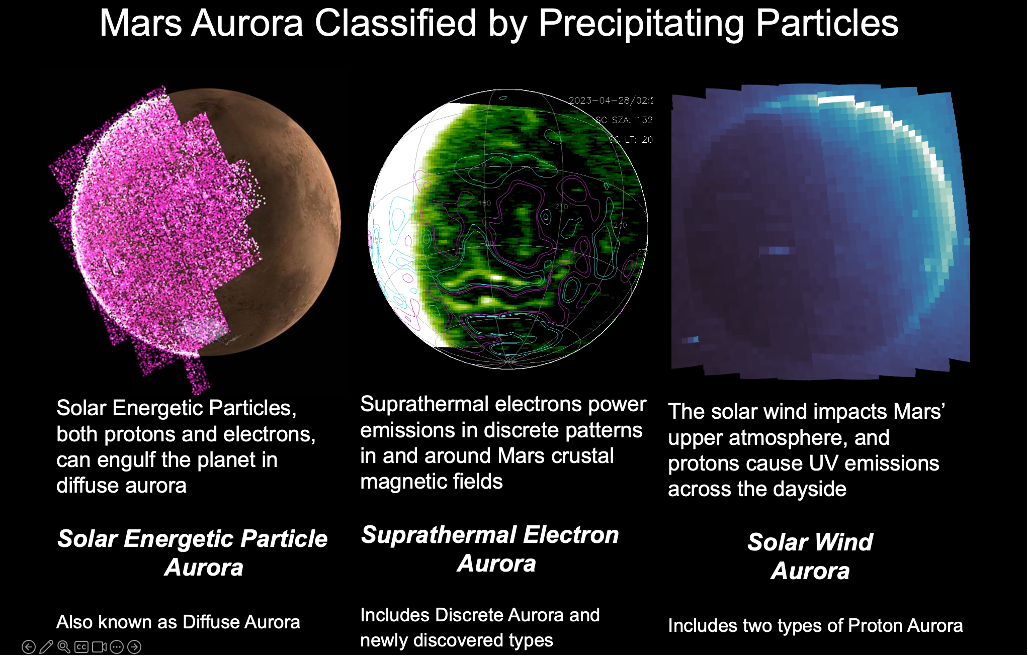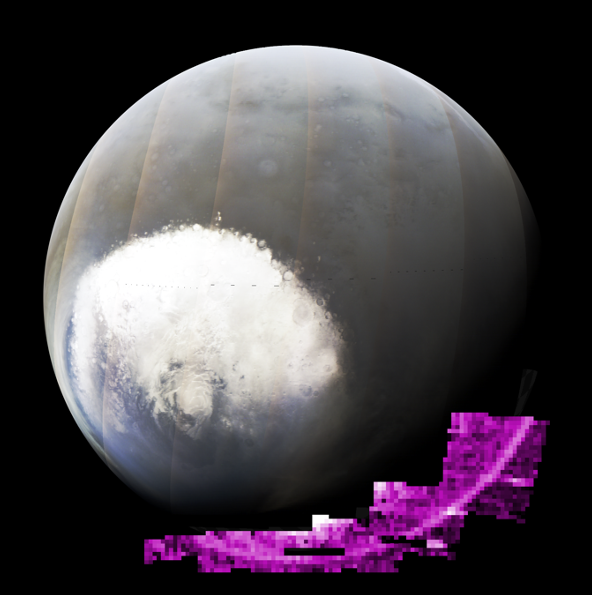TP5
Ionospheres of unmagnetized or weakly magnetized bodies
Co-organized by SB
Convener:
Katerina Stergiopoulou
|
Co-conveners:
Beatriz Sanchez-Cano,
Christopher Fowler,
Lina Hadid,
Valeria Mangano,
Niklas Edberg,
Charlotte Götz
This session focuses on the ionospheres of Mars, Venus, Pluto, Titan, and comets, and solicits abstracts concerning remote and in situ data analysis, modelling studies, instrumentation and mission concepts. Abstracts on planetary flybys, such as the BepiColombo and Solar Orbiter flybys to Venus, are also welcome. Topics may include, but are not limited to, day and night side ionospheric variability, sources and influences of ionization, ion-neutral coupling, current systems, comparative ionospheric studies, and solar wind-ionosphere interactions and responses of the ionized and neutral regimes to transient space weather events. Abstracts on general plasma and escape processes are also welcome.
Session assets
16:55–17:05
|
EPSC2024-91
|
ECP
|
On-site presentation
17:05–17:15
|
EPSC2024-767
|
ECP
|
On-site presentation
17:15–17:20
Q&A
17:20–17:30
|
EPSC2024-270
|
On-site presentation
17:30–17:40
|
EPSC2024-334
|
ECP
|
Virtual presentation
17:40–17:50
|
EPSC2024-27
|
ECP
|
On-site presentation
17:50–18:00
Q&A
P14
|
EPSC2024-148
|
ECP
|
Virtual presentation
Mean free path values in wave-particle interactions of the solar wind with the Venus ionosphere
(withdrawn)
P15
|
EPSC2024-454
|
Virtual presentation
P16
|
EPSC2024-276
|
On-site presentation
P17
|
EPSC2024-481
|
On-site presentation
P18
|
EPSC2024-470
|
ECP
|
On-site presentation
P19
|
EPSC2024-262
|
On-site presentation
Sunward oxygen ion fluxes and the magnetic field topology at Mars from hybrid simulations and observations
(withdrawn after no-show)
P20
|
EPSC2024-710
|
On-site presentation
The Structure of the Martian Ionosphere
(withdrawn after no-show)
P22
|
EPSC2024-285
|
ECP
|
On-site presentation
P23
|
EPSC2024-34
|
On-site presentation
P24
|
EPSC2024-295
|
ECP
|
On-site presentation
P25
|
EPSC2024-1023
|
On-site presentation
Radar Blackouts at Mars and Solar Energetic Particles: The Low Altitude Ionisation Layer
(withdrawn after no-show)
P26
|
EPSC2024-1287
|
ECP
|
On-site presentation
P27
|
EPSC2024-219
|
ECP
|
On-site presentation
